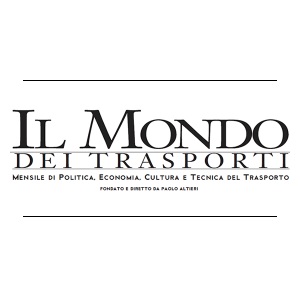According to ISTAT 2019 data, the latest available for the category, 26% of the total goods transported by road in Italy is represented by 250 million tons arriving on our tables every year, divided between agricultural, food, fishing and aquaculture products.
941,000 tons of frozen foods are consumed each year in Italy, while the annual consumption of one of the most popular products in the summer is equal to 285,000 tons: packaged ice cream (ISTAT data for 2021 and 2022).
To guarantee safety and hygiene is the cold chain, essential not only for frozen products but also for fresh perishable ones. Each product has an optimal transport and conservation temperature, which must be maintained especially in the summer months, to avoid food poisoning and to keep the quality unchanged.
OITAF (Interdisciplinary Food and Drug Transport Observatory) publishes eight rules for safe and efficient transport for the summer of 2023, thus highlighting all the critical issues which, in the summer months, could alter the cold chain.
1. Foods must be at the optimum transport temperature before being loaded onto the ATP vehicle. The refrigeration unit of the vehicle can in fact only maintain the temperature of the load.
2. The air in the crate must be brought to the right temperature before loading the products, making the unit operate at the lowest possible speed. This operation takes at least 90 minutes.
3. During loading operations, the refrigerating unit must instead be switched off, to prevent the hot and humid air coming from outside from creating condensation. There must therefore be as little space as possible between the vehicle tailgate and the warehouse door.
4. The goods transported must be placed on pallets not wrapped in plastic, arranged in the same direction to favor air circulation. If the vehicle has to make several stops, the arrangement of the delivered products must be programmed to minimize exposure of the load compartment.
5. In multi-zone vehicles transporting at different optimum temperatures, the goods must not be leaned against the partition walls. If this happens, the fresh products may partially freeze or vice versa the frozen ones may thaw.
6. The body of the vehicle, the cold air diffusion vents, the air intakes and the condensation plates of the refrigeration unit must always be clean.
7. The temperature of the inside of the case must be constantly monitored, with correctly positioned sensors. It is advisable to arrange detection points in the most critical areas, such as openings, doors and hatches.
8. During the unloading phase, the refrigerating unit must be switched off and the doors must be kept open as little as possible. By way of example, with 38°C outside, 30 seconds with the door open is enough for a temperature of -25°C to rise significantly.
